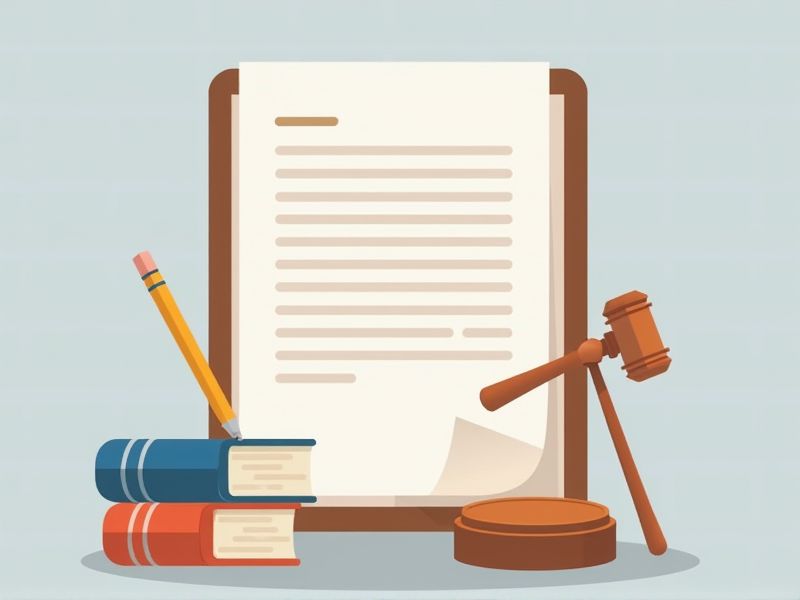
When drafting a letter to the court, it is important to maintain a clear, respectful, and formal tone throughout the document. The letter should include essential details such as the sender's full name, address, case number, and the purpose of writing. Starting with a proper salutation like Dear Judge [Last Name] sets a professional tone. The body of the letter should be concise and focused, clearly explaining the issue or request while avoiding unnecessary information. For those looking for structured examples, this article offers various court letter templates to assist you in writing an effective and appropriate letter.
Samples of letter format for court
Letter Format For Court Appearance
Letter Format For Court Submission
Letter Format For Court Request
Letter Format For Court Hearing
Letter Format For Court Response
Letter Format For Court Motion
Letter Format For Court Notice
Letter Format For Court Affidavit
Letter Format For Court Summons
Letter Format For Court Evidence
Letter Format For Court Appeal
Letter Format For Court Order
Letter Format For Court Complaint
Letter Format For Court Testimony
Letter Format For Court Ruling
Letter Format For Court Documentation
Letter Format For Court Settlement
Letter Format For Court Fee Waiver
Letter Format For Court Scheduling
Letter Format For Court Jurisdiction
Important Things to Know when Writing Letter Format For Court
Proper Heading And Case Information
Proper heading and case information are crucial components of a court letter format. At the top of your document, include the name of the court, the case number, and the names of the parties involved, clearly distinguishing between the plaintiff and defendant. This ensures that your letter is easily recognizable and correctly linked to the corresponding case. Maintaining this structure helps uphold the professionalism and clarity necessary in legal communications.
Clear And Formal Salutation
A clear and formal salutation sets the tone for your letter to the court, demonstrating respect for the judicial process. Start with "Dear [Judge's Name]" or simply "Dear Honorable Judge" if you do not know the judge's name. Ensure that you use the correct title and spell everything accurately to maintain professionalism. This initial greeting establishes your seriousness regarding the matter and helps convey your intent effectively.
Concise And Respectful Language
Using concise and respectful language is crucial when writing a letter for court. It demonstrates professionalism and acknowledges the seriousness of the legal process. Avoid using emotional or inflammatory language, as this can detract from your arguments and may be viewed unfavorably by the court. A well-structured letter with clear, straightforward sentences reflects your credibility and strengthens your position.
Statement Of Purpose Or Request
A well-crafted Statement of Purpose or Request is vital in court letter formats, as it clearly outlines the intent and context of your correspondence. This section should succinctly convey the reasons for your communication, whether it's to plead a case, request a continuance, or seek clarification on legal matters. Ensure that your language is formal and precise, avoiding ambiguity to enhance the letter's effectiveness. Including relevant case details, such as docket numbers and involved parties, will also help the court to quickly understand your position and needs.
Signature And Contact Details
The format of a letter for court requires you to include your signature at the end to authenticate the document. Your contact details, such as your full name, address, phone number, and email, should be placed at the top of the letter, ensuring the court can easily communicate with you if needed. It is crucial to use formal language and a professional tone throughout the letter to convey respect for the legal process. Proper formatting not only enhances clarity but also underscores the seriousness of your correspondence.
